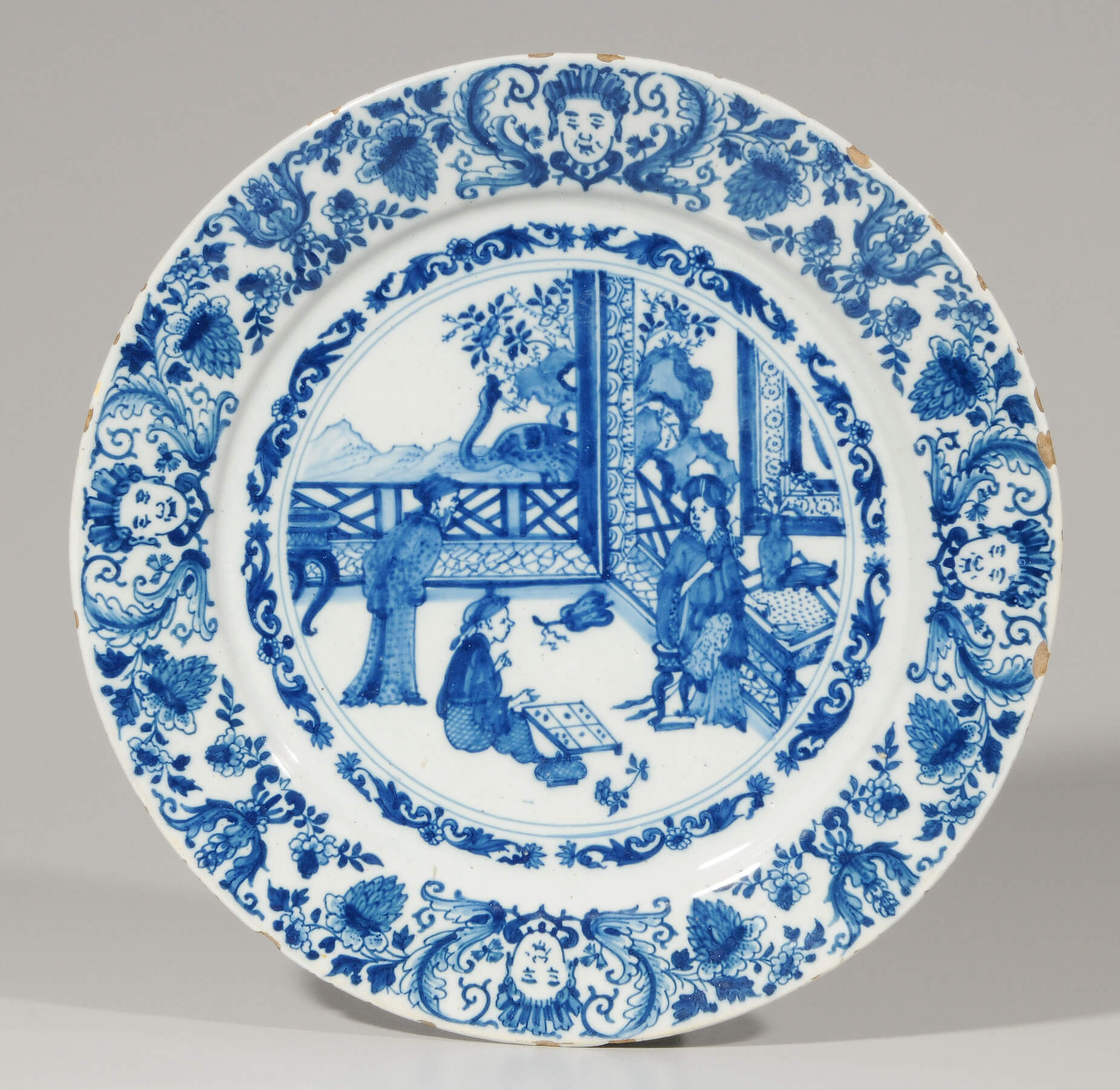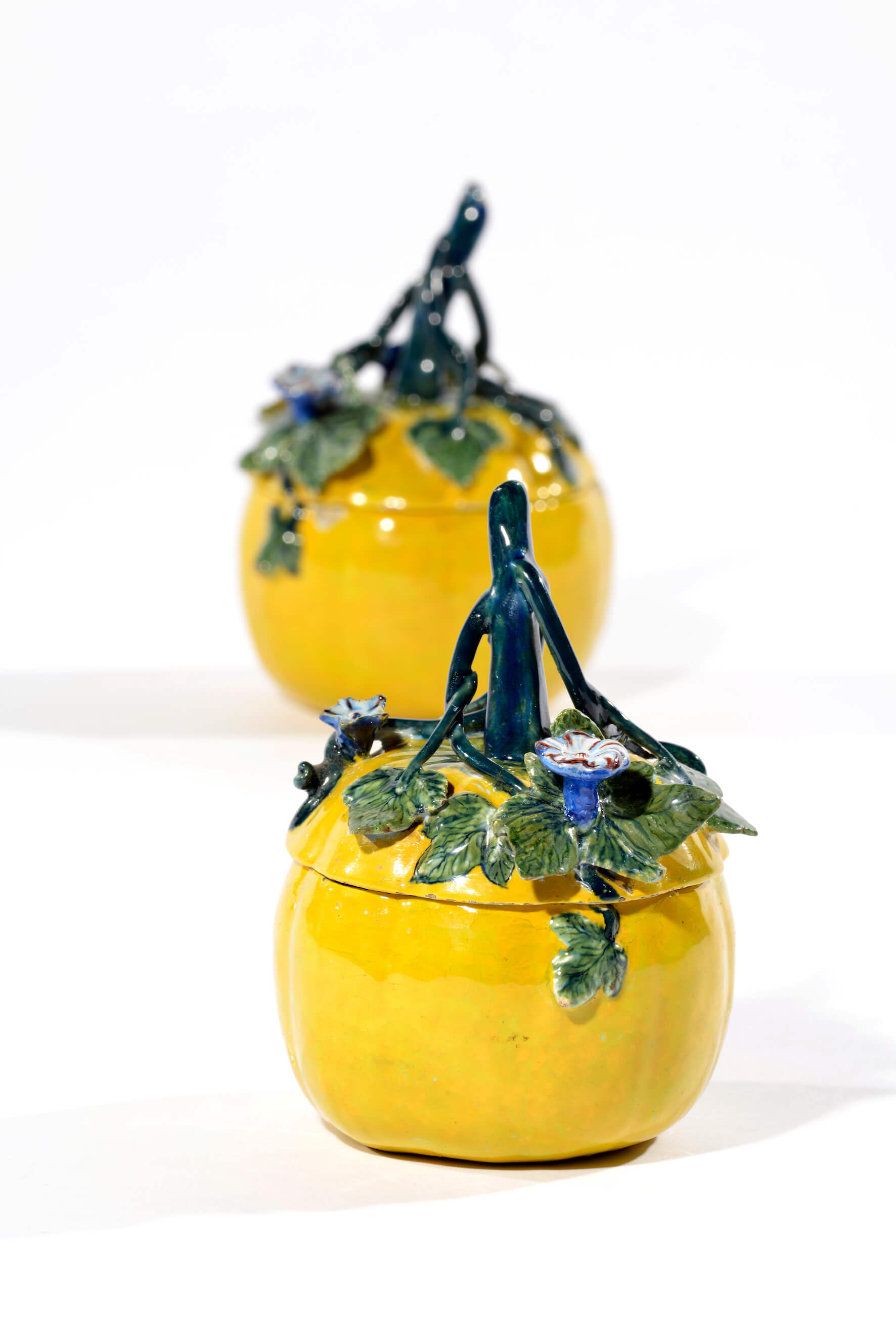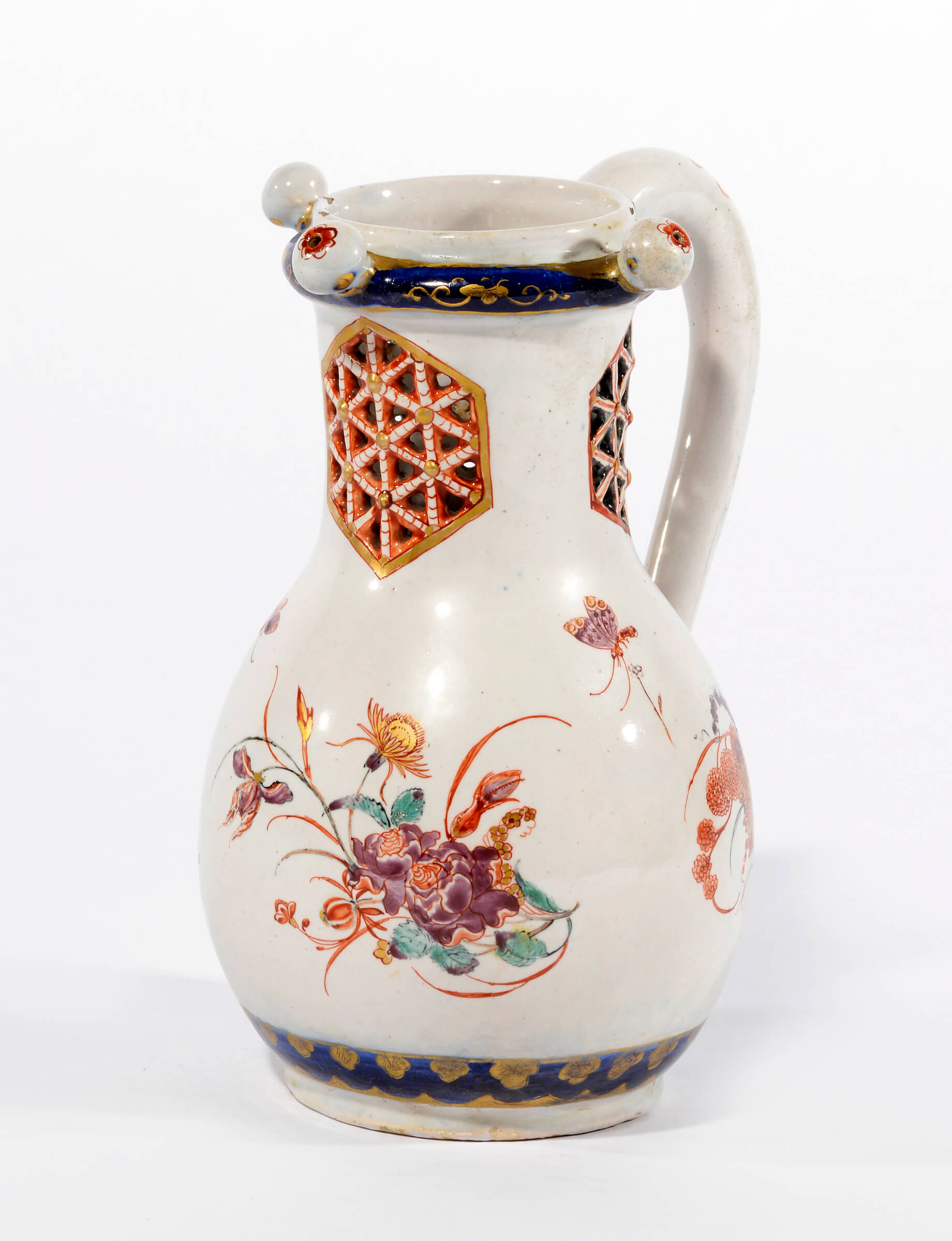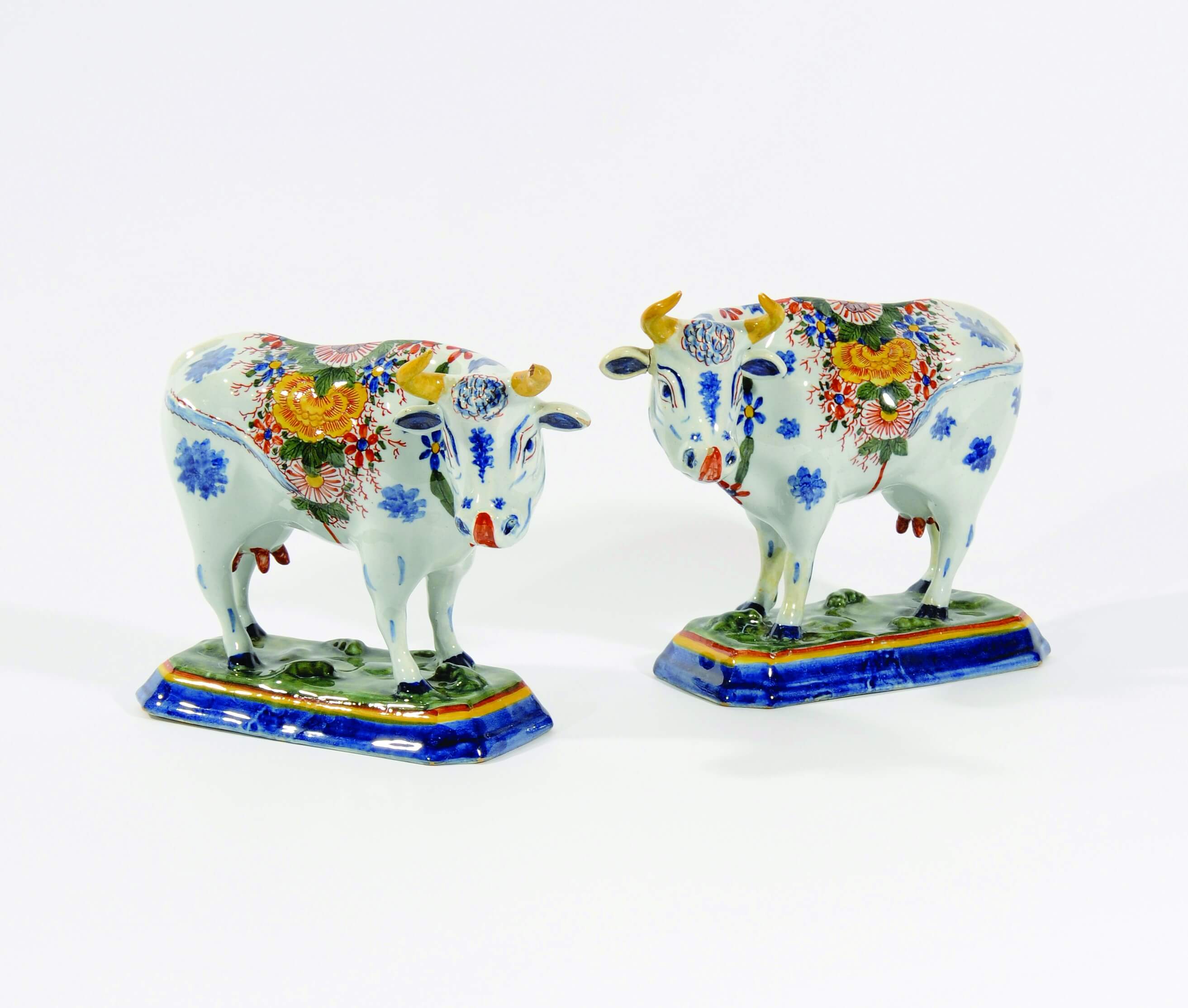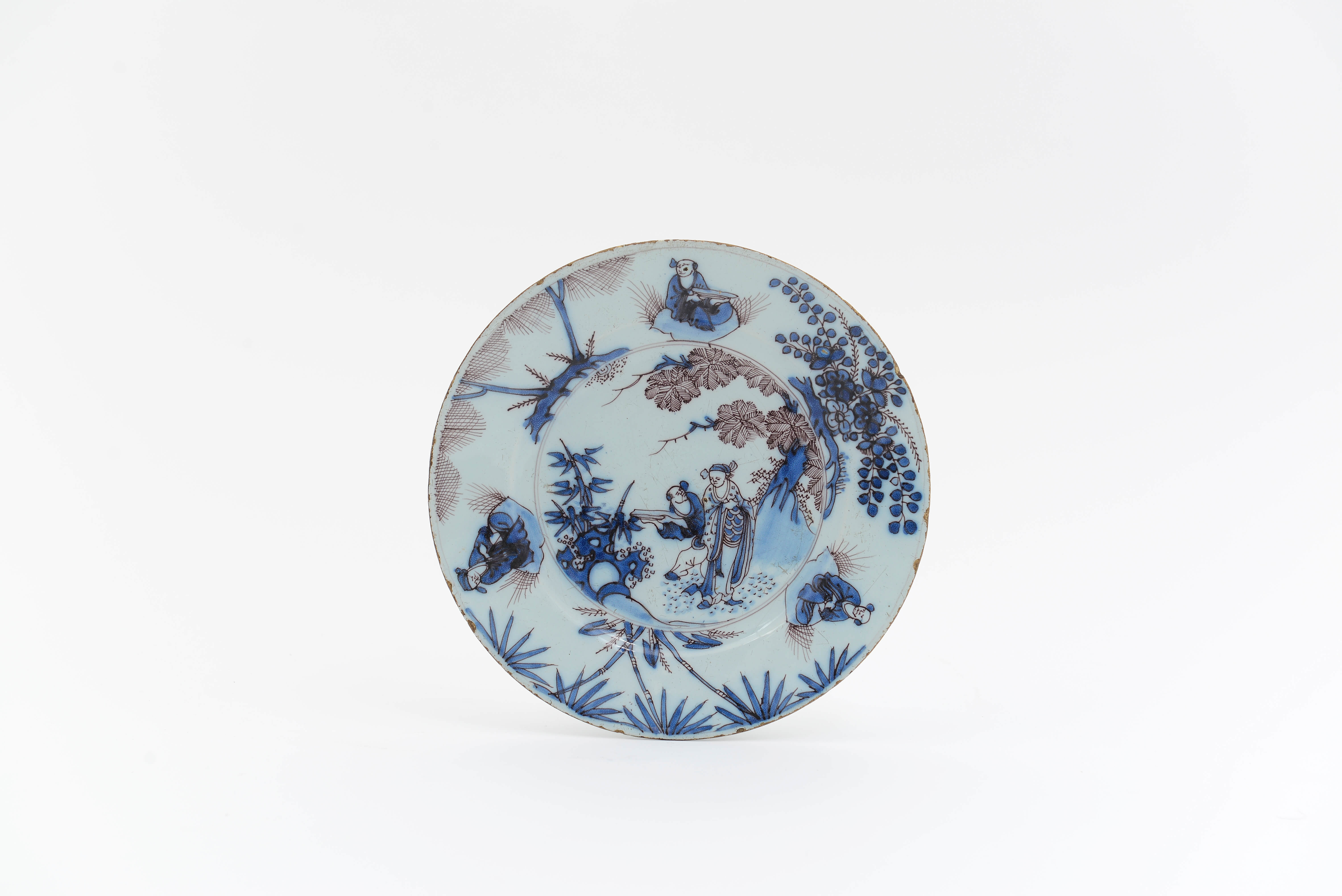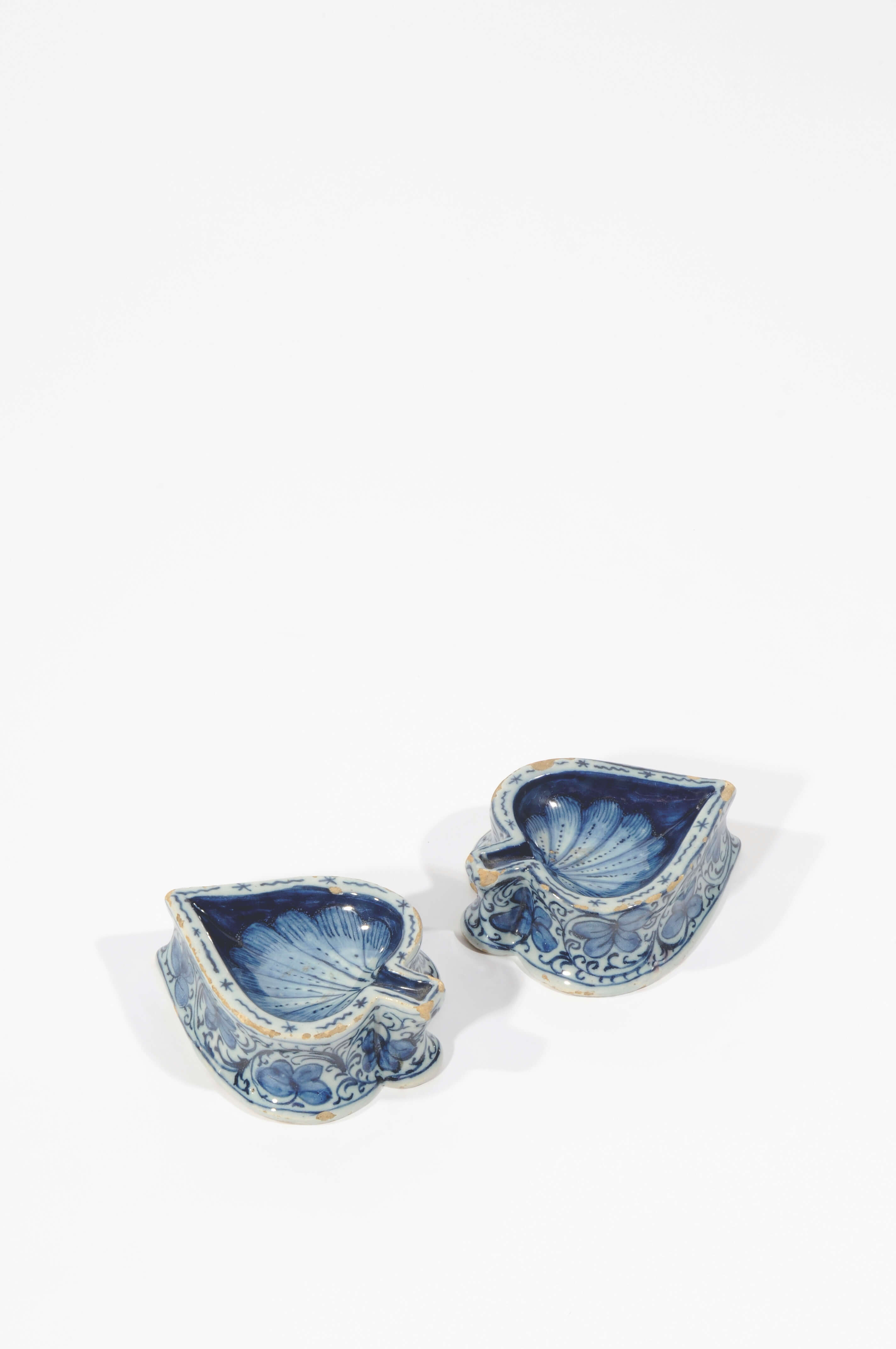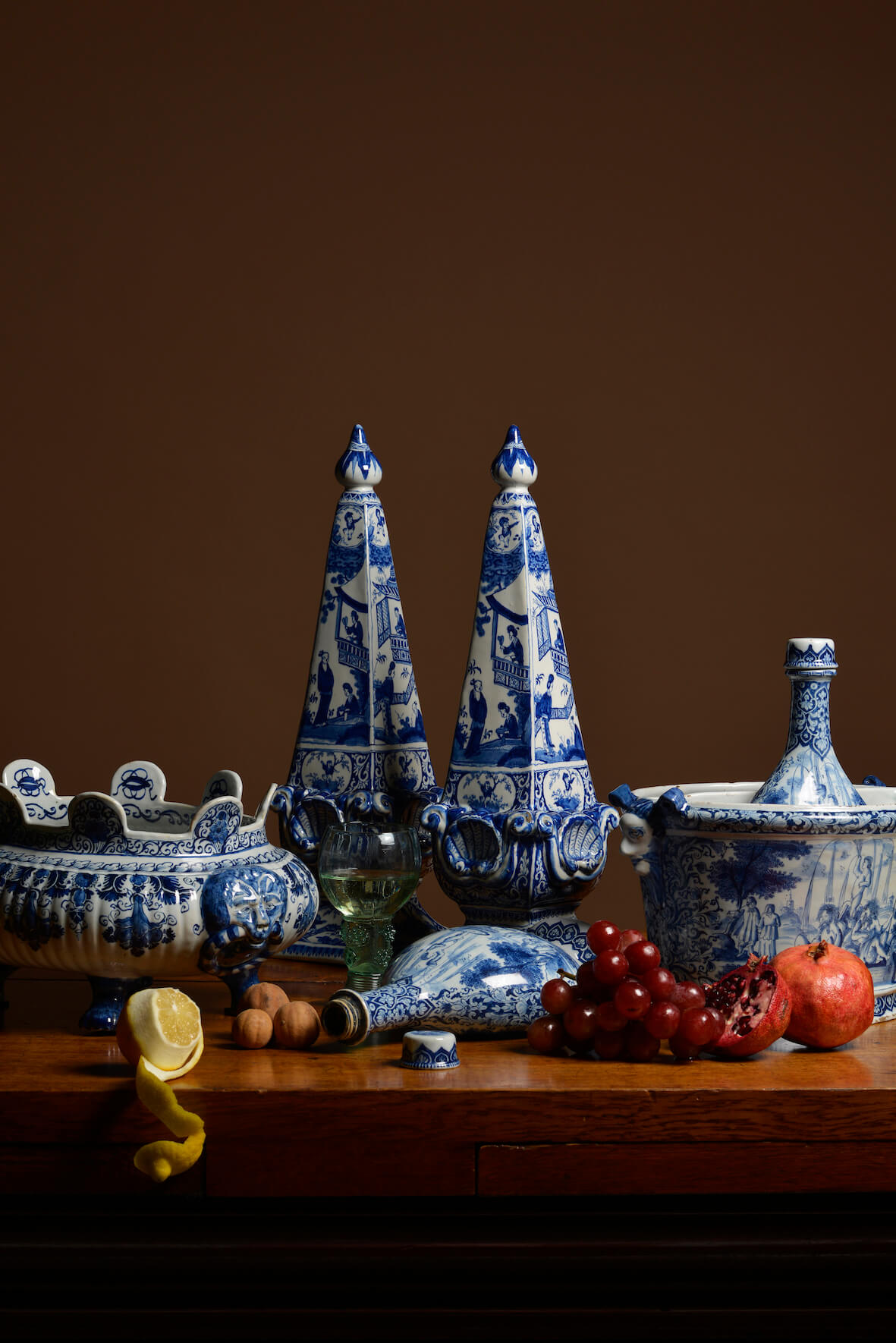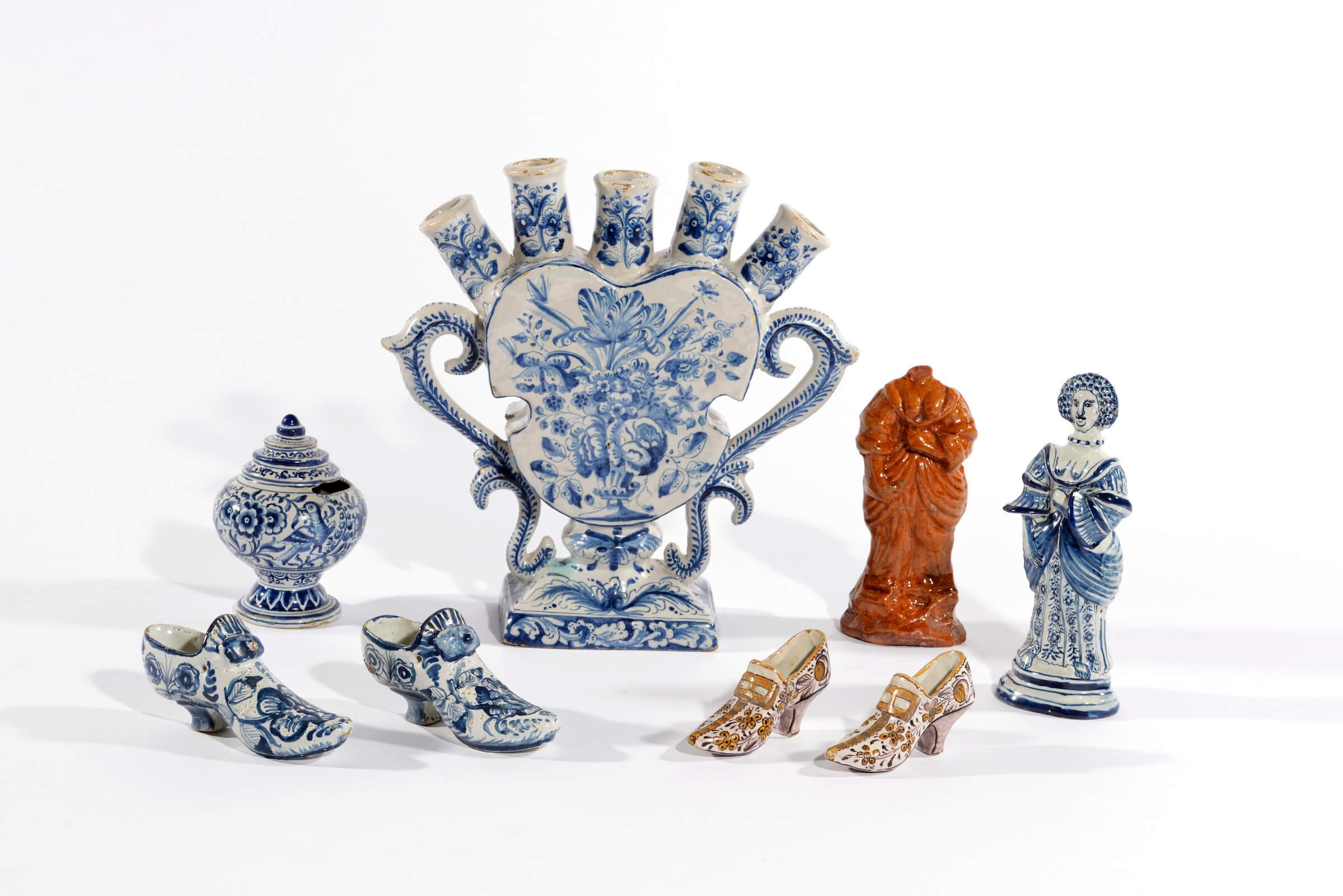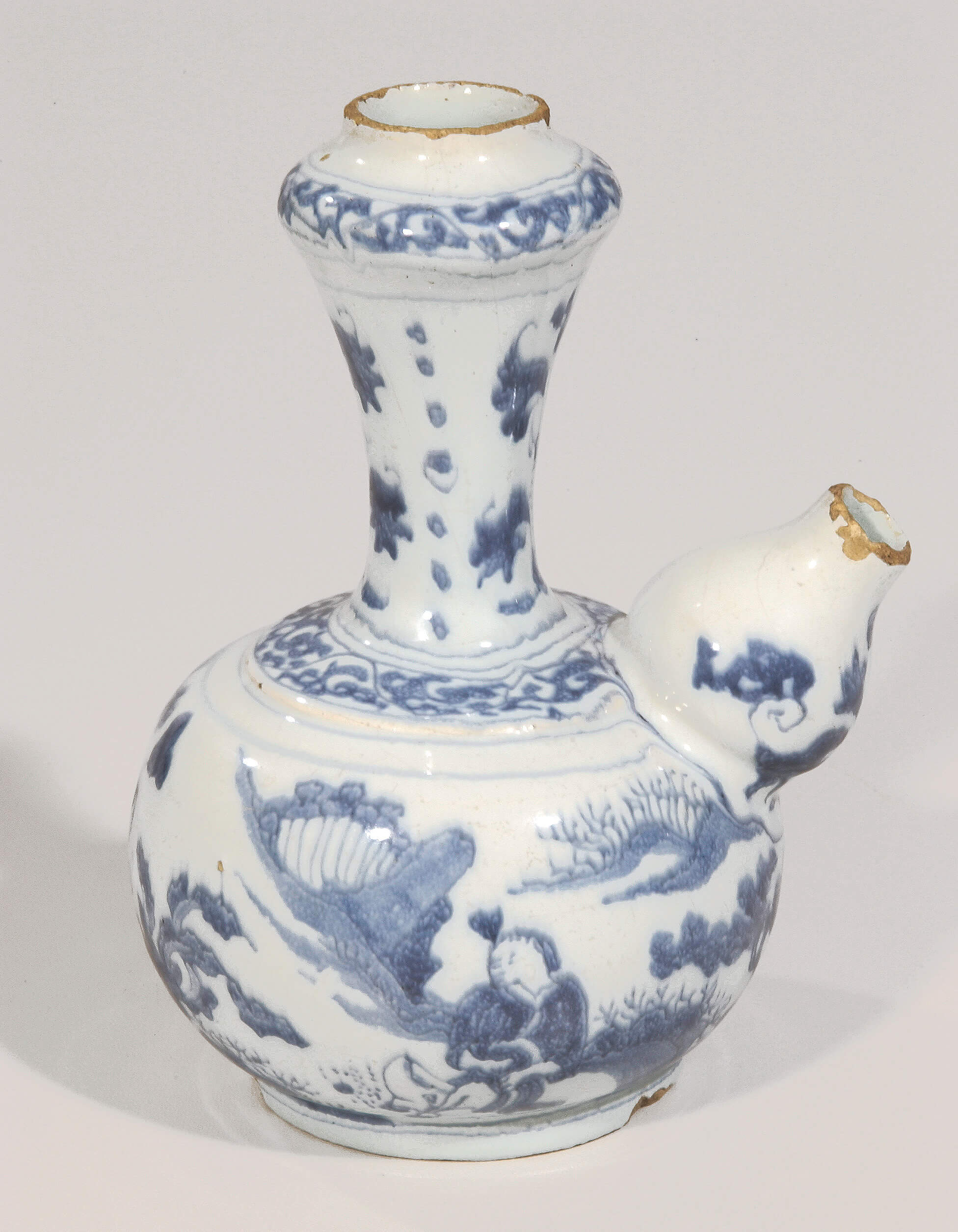Blue and White Chinoiserie Plate
Every month we present a special object from the Aronson Antiquairs’ collection. This month we would like to show you this lovely blue and white plate that is decorated with figures playing the ancient Chinese game of “Go.” The timeless subject echoes with the news when a computer recently outsmarted its human opponent in the strategic match.…

